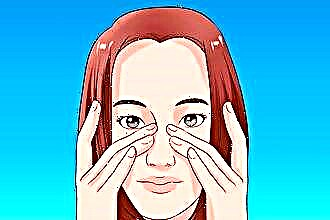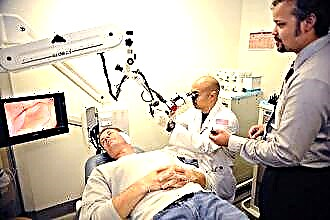Atherosclerosis is a variant of arterial sclerosis, which is characterized by a thickening of the vascular wall. Mainly the vessels of medium and large caliber are affected, more often the aorta, its branches and the carotid sinus. This process is at the heart of many cardiovascular diseases. The most common of these are heart attacks and strokes. They are also the main cause of high mortality in developed countries. But do not forget that pathology also affects the arteries of the lower extremities, which we will talk about today.
Atherosclerosis with and without stenosis: what is the difference and how to make the correct diagnosis?
The process is based on the formation of an atherosclerotic plaque, which occurs when the following stages of formation change:
 fat (lipid) stain;
fat (lipid) stain;- fibrous plaque;
- complicated plaque.
As a result of destabilization of the latter (trauma, damage), the following cascade of reactions is triggered:
- ulceration of the plaque lid, followed by adhesion of platelets and the formation of thrombosis, which leads to increased narrowing of the artery;
- thinning of the tire and microbleeding as a result;
- under the plaque, necrosis forms and an aneurysm develops (expansion of the vessel).
The consequences of everything above what is happening can be:
- heart attacks;
- strokes;
- thrombosis;
- rupture of aneurysms.
According to the European Society of Cardiology, the main risk factors include:
- a diet high in fat;
- smoking;
- taking alcohol;
- sedentary lifestyle;
- an increase in cholesterol, triglycerides, low density lipoproteins in the blood;
- high blood pressure;
- diabetes;
- excess weight;
- deficiency of high density lipoproteins in the blood;
- increased blood clotting;
- diseases that lead to a decrease in the elasticity of the walls of blood vessels or are accompanied by inflammatory processes in them;
- high levels of C - reactive protein in the blood;
- male gender;
- elderly age;
- hereditary tendency to disease.
Now let us consider the difference between stenosing and non-stenosing atherosclerosis using the example of the arteries of the lower extremities, since these terms are used most often when applied to them.
If the vessel lumen is more than 50% filled, we are talking about stenosis, if less than 50%, it is not.
The difference in symptoms and when examining a patient
 There are 4 stages:
There are 4 stages:
- The first is preclinical: leg pain occurs when walking long distances or during severe physical exertion.
- The second - soreness occurs when overcoming a distance of 250-1000 meters.
- Third: pain appears when walking 50-100 meters.
- Fourth: ulcers, gangrene can form, severe pain in the legs worries even at rest.
Based on the anatomical features, the first two stages are characteristic of non-stenosing, and the last two are characteristic of stenosing atherosclerosis of the lower extremities, since it is with a narrowing of more than half of the lumen that additional symptoms will appear, which we will consider below.
Atherosclerotic disease of the lower limb arteries without stenosis
As already mentioned above, with this variant of atherosclerosis, the vessel is blocked by less than 50%.
Frequent patient complaints
At the initial stages of the disease, patients, as a rule, do not present complaints, or the patients do not give importance to the symptoms.
The main features are:
- pain in the hips, buttocks, lower back, calf muscles;
- increased pain with exercise;
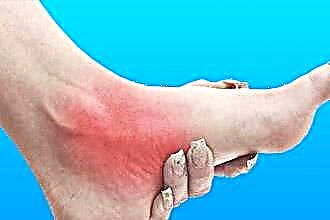 coldness of the skin in the area of u200b u200bthe legs;
coldness of the skin in the area of u200b u200bthe legs;- nausea;
- dizziness;
- feeling of numbness in the limbs, "creeping creeps", tingling;
- discoloration of the skin (pallor);
- poor wound healing;
- cramps in the muscles of the lower extremities;
- itching, peeling of the skin of the legs;
- coarsening of nails and skin of the feet;
- cracks, hair loss on the legs.
Criteria required for diagnosis:
- The increase in systolic blood pressure (BP), while the diastolic does not increase.
- The skin of the legs, especially the feet, is cold to the touch.
- A blood test for: cholesterol, triglycerides, low-density lipoproteins - the indicators are increased; high density lipoproteins - reduced.
- Weakening of pulsation in the main arteries of the extremities.
- Doppler ultrasound. Echographic signs of pathology: the presence and determination of the size of plaques, slow blood flow in the vessels, their damage and wall trauma.
- Angiography - places of vasoconstriction are visible (up to 50% of the lumen).
- Computed tomography is also partially capable of detecting all of the above changes.
Directions in treatment
The therapy is selected individually for each patient, but mainly it includes:
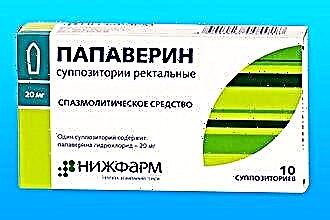 Statins: simvastatin, atorvastatin, rosuvastatin (in the absence of contraindications).
Statins: simvastatin, atorvastatin, rosuvastatin (in the absence of contraindications).- Vasodilator drugs (antispasmodics): nitrates, papaverine, dibazol.
- For the prevention of thrombosis: antiplatelet agents - aspirin, courantil, clopidogrel; anticoagulants - warfarin, rivaroxaban, dabigatran.
- Vitamins and antioxidants.
- A healthy lifestyle aimed at losing weight.
- Blood pressure control - it is not recommended to allow an increase in systolic blood pressure values above 140 mm Hg.
- Physical education, swimming, exercise bike.
- Treatment of chronic diseases.
- Refusal from alcohol, smoking, excessive consumption of coffee and tea.
- Eliminate animal fats and salt, increase the amount of fruits and vegetables in the diet.
The duration of drug therapy is 1.5 - 2 months. It is necessary to repeat the course 4 times a year.
Forecast for the future and rules of observation by a doctor
Do not take this disease as a sentence. Narrowing of the arteries without stenosis is not a critical point. The most important thing is to try to stop the progression of the atherosclerotic process, which can be achieved by following the above recommendations.
Stenosing atherosclerosis of the great arteries of the lower extremities
Pathology is characterized by all the symptoms of the previous form without occlusion, which were described above, as well as some additional characteristic signs of stenosing atherosclerosis:
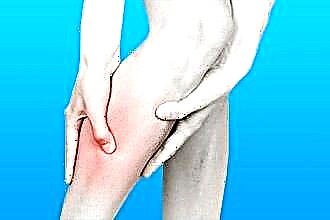 lameness (first when walking for long distances, and eventually for short);
lameness (first when walking for long distances, and eventually for short);- redness and coldness of the feet;
- swelling of the feet;
- pain in the calf muscles, buttocks, thighs and lower back increases (occurs even at night and at rest);
- trophic ulcers;
- gangrene.
Examination changes
A distinctive feature of this condition is that the narrowing of the lumen of the vessels will be more than 50%, and the condition of the wall is much worse. This can be seen on angiography, Doppler ultrasound (blood flow is slowed down more than with non-stenotic, or even stopped), computed tomography. On physical examination, the absence of pulsation in the main arteries, edema, ulcers, gangrene.
Treatment principles
To provide medical care to the patient, all the above-described conservative methods are used, which are applicable for non-stenotic atherosclerosis.
Often, doctors resort to treating a patient with surgical methods:
 Balloon dilatation.
Balloon dilatation.- Angioplasty.
- Stenting of the affected arteries (widely used in coronary artery disease)
- Prosthetics of the damaged area of the vessel. Synthetic material is used.
- Bypass surgery is the creation of an artificial canal bypassing the part of the artery that is not functioning.
- Thrombendarterectomy - removal of plaque inside a vessel.
- Amputation (cutting off the distal part of the limb) in case of gangrene.
Recovery prognosis
As we can see, the prognosis for recovery is not as favorable as we would like, since the disease often leads to disability. If the surgical intervention is carried out on time, then it is possible to preserve the limb and its function, but it will not be possible to completely restore it.
Conclusions
With untimely treatment, this pathology can have severe manifestations. All patients who are in the "risk zone" (and this is a family history, bad habits and other points) are strongly recommended to correct the influence of negative factors in order to increase the quality and duration of life.

 fat (lipid) stain;
fat (lipid) stain; coldness of the skin in the area of u200b u200bthe legs;
coldness of the skin in the area of u200b u200bthe legs; Statins: simvastatin, atorvastatin, rosuvastatin (in the absence of contraindications).
Statins: simvastatin, atorvastatin, rosuvastatin (in the absence of contraindications). lameness (first when walking for long distances, and eventually for short);
lameness (first when walking for long distances, and eventually for short); Balloon dilatation.
Balloon dilatation.